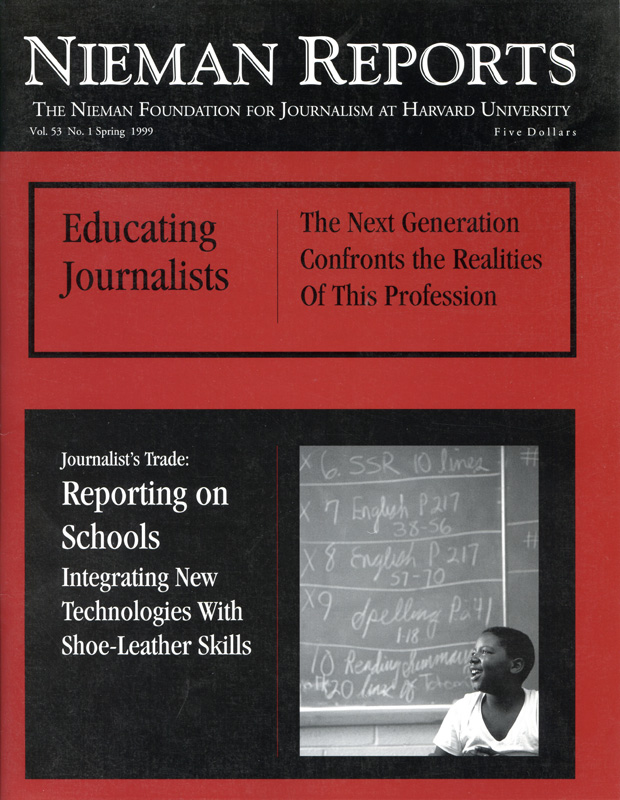In education, it’s the era of accountability. Teachers are tested to measure their ability to instruct. Students take standardized tests to find out what they have learned and where they rank compared with others. Controversy and debate swirl around the education community as some experts challenge the legitimacy of particular tests while others argue about what the results tell us about what is happening inside our schools.
In the midst of these debates, the job of reporting on education is changing, too. No longer is coverage of school board hearings and school-day events enough to satisfy the primary consumers of this news—parents. Today some newspapers are reshaping what the education beat can be by combining their own independent numerical analysis—made possible by computer-assisted reporting—with old-fashioned shoe-leather investigations. Some papers issue annual Report Cards on how well schools are doing. The grades they give are based not on handouts from school districts but on their statistical analysis of data they have pushed hard to obtain. The combination can be powerful, as some of our Nieman Reports correspondents point out.
In this section, we hear about such efforts in Omaha, Nebraska and in Philadelphia, Pennsylvania, and from a person who has trained reporters in the techniques of such reporting.
From there, we travel to Charlotte, North Carolina, to learn how the mixture of reporting approaches helped unravel the complex story of educational disparities among rich and poor school districts.
Then we head to Lexington, Kentucky, for a look at how one newspaper analyzed the often illusive and controversial issue of teacher quality and weighed its impact on student achievement.
Our final two articles explore two other approaches, both of which rely more on immersion in the community than on data. In Los Angeles, an experiment is in the making as both the editorial and business sides of The Los Angeles Times take up the challenge of ensuring that all children be able to read at grade level by the end of third grade. And in Seattle, a reporter was given a rare opportunity to devote an entire school year to reporting everyday details of one school’s life to illuminate the educational issues confronting teachers, administrators and students.


